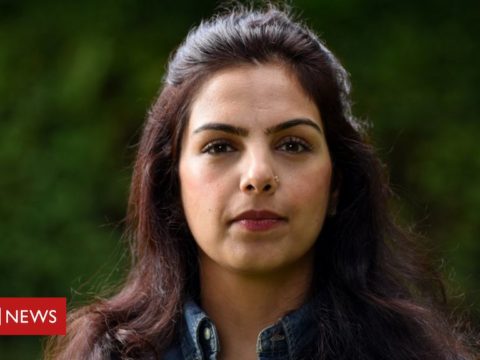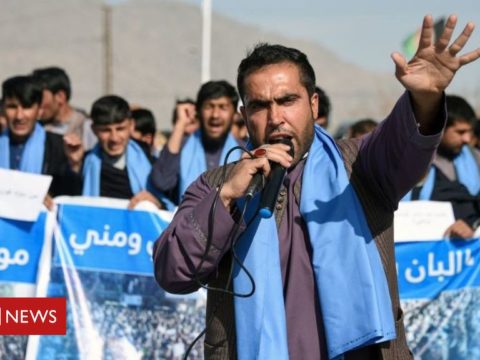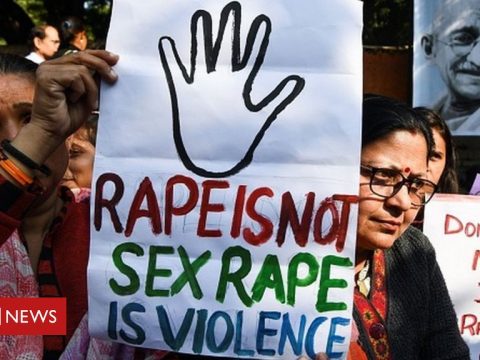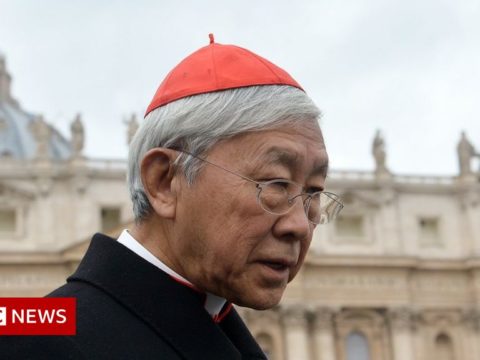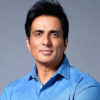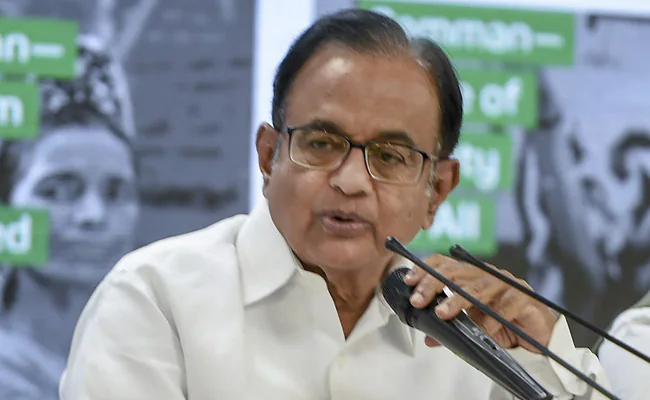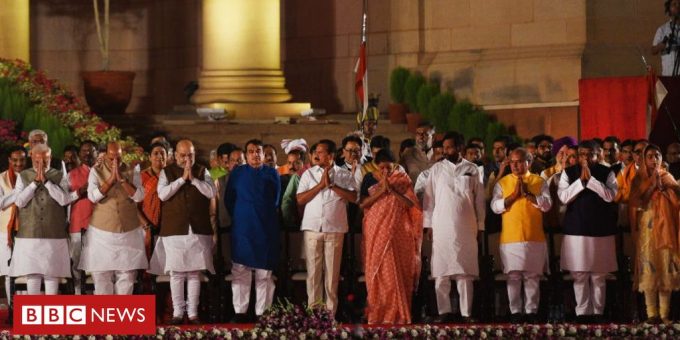
Image copyright
Getty Images
India’s cabinet was sworn in on Thursday
Indian Prime Minister Narendra Modi has announced his new cabinet, which includes Bharatiya Janata Party (BJP) veterans such as Amit Shah and Nitin Gadkari and at least one surprise pick, former foreign secretary Subrahmanyam Jaishankar.
Mr Modi was sworn in on Thursday along with 58 members of his new government. But their portfolios were only announced on Friday.
Here are five takeaways from Mr Modi’s new cabinet.
There is one surprising choice – and many unsurprising ones
A 64-year-old retired bureaucrat – well-known for his crucial role in India’s foreign policy under Mr Modi – has become the new foreign minister.
And this is unusual – cabinet posts are highly coveted and tend to go to party loyalists or important coalition allies. Rarely does a bureaucrat make the cut.
But Mr Jaishankar’s is no ordinary resume – a career diplomat, he has served as India’s ambassador to both the US and China, among other countries.
Image copyright
Getty Images
Mr Jaishankar (L) and former Secretary of State Rex Tillerson
He is widely considered a tough negotiator and is credited with diffusing tensions with China in 2017 over the Doklam plateau, a border standoff that lasted several weeks.
He also played a major role in brokering the historic India-US nuclear deal during the prime ministership of Manmohan Singh. In fact, Mr Singh, who attended the swearing-in ceremony, was one of the fist people to congratulate him as he stepped off the stage after taking the oath.
- How Narendra Modi has reinvented Indian politics
- India general election 2019: What happened?
Apart from Mr Jaishankar, the other appointments were largely expected.
The biggest one involved Amit Shah, a close aide of Mr Modi since his early days in politics, who has been made the home minister. Speculation had been rife and, as it turns out, right.
Mr Shah’s appointment only formalises what has long been talked about – the 54-year-old BJP president is the most influential politician in the party after Mr Modi.

Media playback is unsupported on your device
He’s seen as the man who scripted the BJP’s thumping wins in 2014 and 2019 – and who helped the party make inroads in states such as West Bengal where they barely had a presence earlier.
There were some notable exceptions
Modi 2.0, as it has been dubbed by the Indian media, lost two veteran politicians in former finance minister Arun Jaitley and former foreign minister Sushma Swaraj who opted out because of poor health.
But some key figures from the previous administration were also dropped – such as Maneka Gandhi, an estranged member of the Nehru-Gandhi dynasty, who was a minister in four different BJP governments and the minister for women and child development during Mr Modi’s first term.
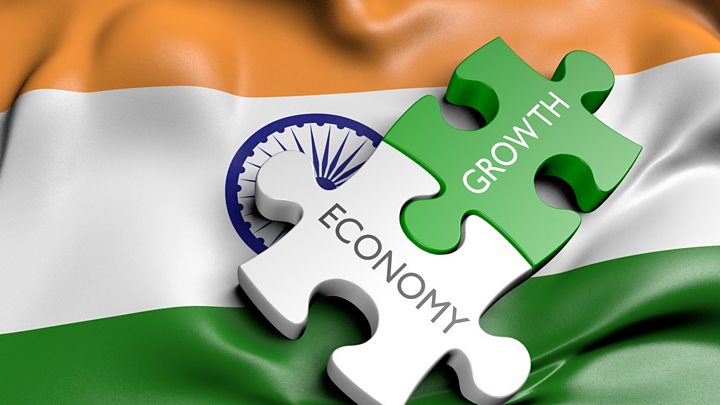
Media playback is unsupported on your device
Former civil aviation minister Jayant Sinha is also missing from the new cabinet. He is the son of a former BJP minister, Yashwant Sinha, who has been critical of Mr Modi’s government in recent months.
It’s men, men and more men
More women have been elected to India’s 545-member lower house or Lok Sabha this time than ever before.
There are now 77 female MPs, but just six have become ministers, and only three of them have been given cabinet posts.
Former defence minister Nirmala Sitharaman is now in-charge of finance, becoming only the second woman to hold the post after former prime minister Indira Gandhi.
Image copyright
Getty Images
Mr Shah (standing) is a close aide of Mr Modi (L)
The other two are Smriti Irani, who defeated Congress president Rahul Gandhi in his family seat of Amethi, and Harsimrat Kaur Badal, member of BJP’s regional ally Shiromani Akali Dal.
A bill to reserve 33% of seats in the parliament for women has been languishing for 20 years.
The new cabinet is largely upper caste – and has few ministers from the south
Nine of the 25 new cabinet ministers are Brahmins, who are at the top of India’s tenacious caste hierarchy.
Despite the fact that 131 seats in the Lok Sabha are reserved for members of Scheduled Castes and Scheduled Tribes, who are among the country’s most vulnerable communities, only 10 of them have been appointed ministers. Even fewer made it to the cabinet.
Only three of the cabinet ministers – Ms Seetharaman, Mr Jaishankar and Sadanand Gowda – are from India’s five southern states, which send 119 MPs to parliament.
Only one Muslim made the ranks
Mukhtar Abbas Naqvi, the BJP’s only Muslim minister, is an MP from the upper house or Rajya Saha, which is not directly elected. A long-time member of the BJP, he has been a minister in the previous government too but this is his first cabinet post. He has been appointed minister of minority affairs.
Image copyright
Getty Images
Mr Naqvi is the only Muslim member of the new cabinet
This should not be too surprising since the new Lok Sabha has just 26 Muslim MPs – three more than in 2014. The BJP contested 437 seats but only fielded seven Muslim candidates. And none of them won.
Thirty two of the main opposition Congress party’s 423 candidates were Muslim – only four of them won.
- The mystery of India’s ‘missing’ Muslim politicians
Muslim political representation in India’s parliament has been steadily falling. While the community’s population in India has more than doubled from 68 million in 1981 to 172 million in 2011, the number of Muslim MPs has nearly halved from 49 in 1980 to 22 in 2014.
Credit: Source link

